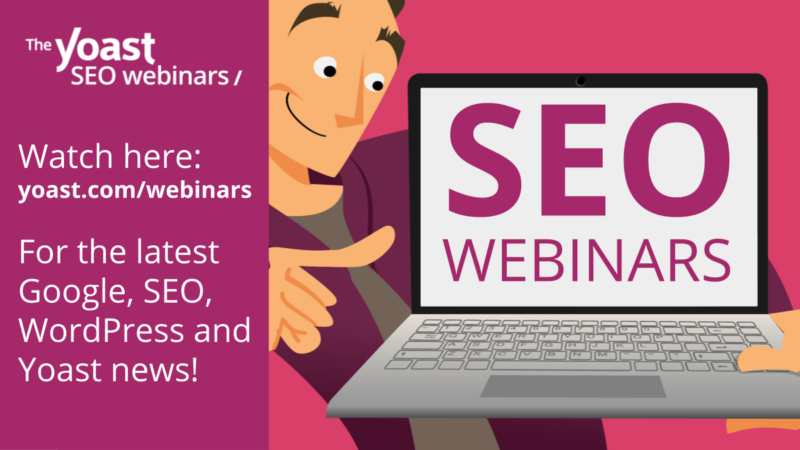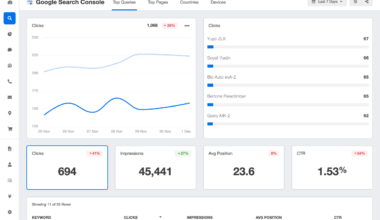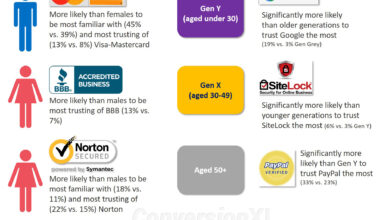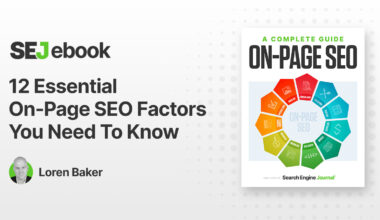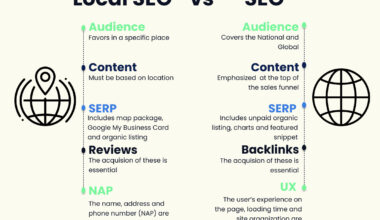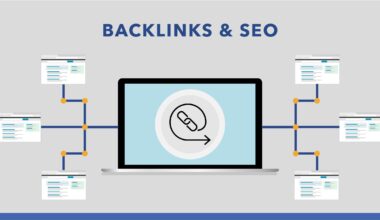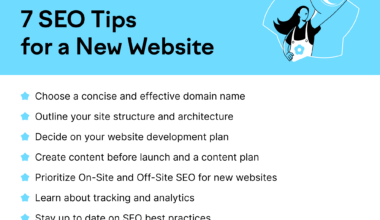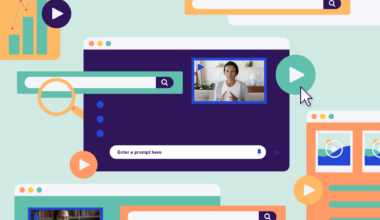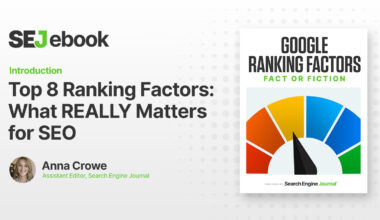Introduction: Understanding SEO for Webinars
Webinars are a powerful tool for businesses to reach their target audience and provide value through informative content. However, hosting a webinar is not enough; it needs to be optimized for search engines to attract more viewers and increase its reach.
SEO for webinars involves optimizing the landing page and the webinar content to rank higher in search engine results pages (SERPs). The higher the ranking, the more likely it is for people to find and attend the webinar, leading to increased engagement and conversions.
Keyword research is a critical aspect of SEO for webinars. Identifying the right keywords that potential attendees are searching for will help optimize the landing page and the webinar content. Additionally, incorporating these keywords in the title, meta description, and content of the landing page can improve its ranking on SERPs.
On-page optimization for webinar landing pages involves optimizing the content, images, and videos on the page. This includes using header tags, bullet points, and number lists to make the content more readable and engaging. Additionally, optimizing images and videos with alt tags and captions can improve their visibility on SERPs.
Off-page optimization for webinars involves building backlinks to the landing page from credible and authoritative sources. This can be achieved by promoting the webinar on social media, reaching out to bloggers and influencers for mentions, and partnering with relevant websites to host the webinar.
Social media can also be utilized for webinar promotion. Sharing the webinar on relevant social media platforms can increase its reach and attract more attendees. Additionally, running social media ads can help target a specific audience and increase conversions.
Continuous optimization is essential for webinar success. Analyzing the webinar’s performance, making necessary changes, and implementing best practices can help improve its ranking and increase engagement.
In conclusion, SEO for webinars is crucial for increasing visibility, attracting more attendees, and increasing engagement. It involves keyword research, on-page and off-page optimization, social media promotion, and continuous optimization. Implementing these best practices can help businesses achieve webinar success.
Keyword Research for Webinars
Keyword research is the foundation of any successful SEO campaign, and webinars are no exception. The right keywords will help potential attendees find the webinar when searching for relevant topics on search engines. Here are some steps to follow when conducting keyword research for webinars:
1. Brainstorm potential topics: Start by brainstorming a list of potential webinar topics that your target audience would be interested in. These topics should be related to your business or industry and provide value to attendees.
2. Use keyword research tools: Once you have a list of potential topics, use keyword research tools like Google Keyword Planner, Ahrefs, or SEMrush to find relevant keywords. These tools can help you identify the search volume, competition, and potential traffic for each keyword.
3. Identify long-tail keywords: Long-tail keywords are phrases that are more specific and have less competition than broad keywords. For example, instead of targeting the broad keyword “marketing,” target a long-tail keyword like “content marketing for startups.” These keywords are more likely to attract a specific audience and lead to higher conversions.
4. Analyze competitor keywords: Analyzing your competitors’ keywords can help you identify any gaps in your own keyword strategy. Use tools like Ahrefs or SEMrush to analyze your competitors’ landing pages and identify the keywords they are targeting.
5. Optimize landing page and content: Once you have identified the relevant keywords, incorporate them into the title, meta description, and content on the landing page. However, avoid keyword stuffing, which can negatively impact your ranking.
By following these steps, you can conduct effective keyword research for your webinars and optimize your landing pages for better visibility on search engines. Remember to continuously monitor and update your keyword strategy to stay competitive in your industry.
On-Page Optimization for Webinar Landing Pages
On-page optimization is the process of optimizing the content and structure of a landing page to improve its ranking on search engines. Here are some best practices for on-page optimization for webinar landing pages:
1. Use header tags: Header tags (H1, H2, H3, etc.) help organize the content on a landing page and make it more readable for both users and search engines. Use header tags to break up the content into sections and include your target keywords in the headers.
2. Incorporate bullet points and number lists: Bullet points and number lists make the content on your landing page more scannable and engaging for users. Use these formatting options to highlight key points and benefits of attending the webinar.
3. Optimize images and videos: Images and videos can make your landing page more visually appealing and engaging for users. However, they also need to be optimized for search engines. Use alt tags and captions to describe the content of images and videos and include your target keywords where appropriate.
4. Include a clear call-to-action: A call-to-action (CTA) is a button or link that prompts users to take a specific action, such as registering for the webinar. Make sure your CTA is prominent and stands out on the landing page. Use action-oriented language and include a sense of urgency to encourage users to take action.
5. Optimize page speed: Page speed is an important factor for both user experience and search engine ranking. Use tools like Google PageSpeed Insights to analyze your landing page’s speed and identify any areas for improvement. Consider compressing images, minimizing code, and using a content delivery network (CDN) to improve page speed.
By following these best practices for on-page optimization, you can improve the visibility and engagement of your webinar landing page on search engines. Remember to continuously monitor and update your landing page to stay competitive in your industry.
Off-Page Optimization for Webinars
Off-page optimization for webinars involves building backlinks to the landing page from credible and authoritative sources. This can help improve the landing page’s ranking on search engines and increase its visibility to potential attendees. Here are some best practices for off-page optimization for webinars:
1. Promote on social media: Social media is a powerful tool for promoting webinars and building backlinks to the landing page. Share the webinar on your social media channels and tag relevant industry influencers and organizations. Encourage attendees to share the webinar on their own social media channels as well.
2. Reach out to bloggers and influencers: Identify bloggers and influencers in your industry who may be interested in promoting your webinar. Reach out to them and offer them a guest post or other content in exchange for a backlink to your landing page.
3. Collaborate with relevant websites: Partner with relevant websites in your industry to host the webinar and promote it on their own channels. This can help attract a new audience and build backlinks to the landing page.
4. Submit to directories: Submitting the webinar to relevant directories can help increase its visibility and attract more attendees. Look for directories that are specific to your industry or topic and submit your webinar for inclusion.
5. Monitor backlinks: Monitor the backlinks to your landing page and ensure that they are coming from credible and authoritative sources. Disavow any low-quality or spammy backlinks that may be negatively impacting your ranking.
By following these best practices for off-page optimization, you can improve the visibility and engagement of your webinar landing page on search engines and attract more attendees to your webinar. Remember to continuously monitor and update your off-page optimization strategy to stay competitive in your industry.
Utilizing Social Media for Webinar Promotion
Social media is a powerful tool for promoting webinars and reaching a wider audience. Here are some best practices for utilizing social media for webinar promotion:
1. Choose the right social media platforms: Identify which social media platforms your target audience is most active on and focus your efforts on those platforms. For example, LinkedIn may be more effective for B2B webinars, while Facebook and Instagram may be more effective for B2C webinars.
2. Optimize your social media profile: Make sure your social media profile is optimized for search engines and includes a clear description of the webinar. Use relevant keywords and hashtags to make it easier for users to find your profile and webinar.
3. Create engaging social media content: Use engaging visuals, such as images and videos, to promote the webinar on social media. Include a clear call-to-action and use action-oriented language to encourage users to register for the webinar.
4. Partner with industry influencers: Collaborate with industry influencers and thought leaders to promote the webinar on social media. This can help attract a wider audience and build credibility for the webinar.
5. Run social media ads: Running social media ads can help target a specific audience and increase conversions. Use targeting options, such as demographics and interests, to reach the right audience for the webinar.
6. Leverage social media analytics: Use social media analytics to track the performance of your webinar promotion on social media. Identify which platforms and content are generating the most engagement and adjust your strategy accordingly.
By following these best practices for utilizing social media for webinar promotion, you can increase the visibility and engagement of your webinar on social media and attract more attendees. Remember to continuously monitor and update your social media strategy to stay competitive in your industry.
Final Thought: Continuous Optimization for Webinar Success
Continuous optimization is key to achieving webinar success. By continuously analyzing and updating your SEO strategy, you can improve the visibility and engagement of your webinar and attract more attendees. Here are some tips for continuous optimization:
1. Analyze performance metrics: Use tools like Google Analytics to track the performance of your webinar landing page and identify areas for improvement. Look at metrics like bounce rate, time on page, and conversion rate to identify any issues with the landing page.
2. Test different strategies: A/B testing can help you identify which strategies are most effective for promoting your webinar. Test different headlines, CTAs, and images to see which ones generate the most engagement and conversions.
3. Stay up-to-date with industry trends: Stay informed about industry trends and best practices for webinar promotion. Attend industry conferences and webinars, and subscribe to relevant newsletters and blogs.
4. Update content regularly: Keep your webinar landing page and content up-to-date with the latest information and best practices. This can help improve its ranking on search engines and attract more attendees.
5. Engage with attendees: Engage with attendees before, during, and after the webinar to build a relationship with them. Use social media and email marketing to stay in touch and provide them with valuable content.
By following these tips for continuous optimization, you can improve the visibility and engagement of your webinar and achieve webinar success. Remember to continuously monitor and update your SEO strategy to stay competitive in your industry.
